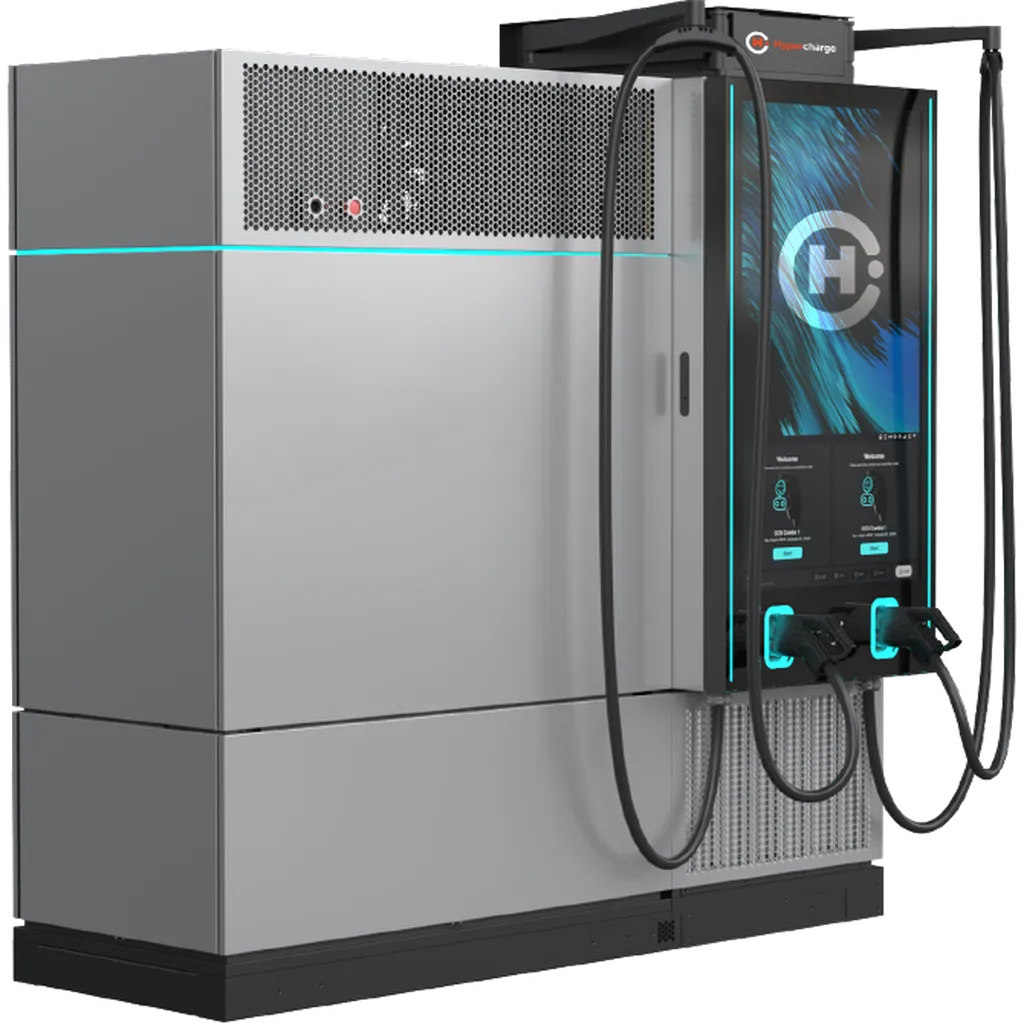XCharge North America (XCharge NA) is making waves in the electric vehicle (EV) charging sector with its innovative GridLink technology, which promises to not only charge EVs rapidly but also stabilize and strengthen the electrical grid. Launched in October 2024, GridLink offers bidirectional charging capabilities, allowing it to store energy and return it to the grid during peak demand periods. This technology addresses critical concerns around large-scale EV adoption, such as grid resilience and energy management.
In an interview with POWER, Aatish Patel, co-founder and president of XCharge NA, shared insights into the company’s deployment data and the trends shaping the EV charging landscape. When asked about the adoption of vehicle-to-grid (V2G) services, Patel acknowledged that active participation among EV owners remains minimal. However, he noted a growing momentum in battery-to-grid (B2G) applications, particularly where the economics make sense. “The strongest motivator is financial,” Patel stated. He highlighted that GridLink reduces infrastructure and operating costs by eliminating the need for costly “make-ready” upgrades, thanks to its adaptability to both 208 VAC and 480 VAC without hardware modifications. This adaptability translates into lower deployment costs and enables energy operators to optimize battery usage strategically, improving margins and enabling more competitive market pricing.
Regarding grid capacity concerns, Patel identified California and Texas as the regions facing the most substantial constraints. These states lead in both EV adoption and overall power demand, putting additional pressure on their grids. XCharge NA’s expansion strategy focuses on speed and adaptability, prioritizing deployments where grid flexibility is critical. Patel emphasized that GridLink’s compatibility with various power environments reduces the burden of installation and limits the need for costly grid upgrades, making it suitable for regions with significant grid limitations.
In the current political climate, investor sentiment toward EV charging infrastructure remains positive, according to Patel. However, the focus has shifted from government incentives to profitability and long-term viability. Investors are now more interested in unit economics, deployment scalability, operating margins, and technology differentiation. Patel noted that innovations like GridLink, which offer clear paths to monetization through grid services and energy optimization, are attracting investor interest.
XCharge NA’s utilization data reveals that EV adoption is not just about building infrastructure but building the right infrastructure in the right places. Patel emphasized the importance of visibility, reliability, and accessibility in driving utilization. He cited an example of a deployment near an airport in Harahan, Louisiana, where usage has steadily increased due to strategic siting tied to real-world behaviors, such as rideshare activity. This underscores the need for a targeted approach to infrastructure development, ensuring that each charger is placed where it will have the most impact.
The development of GridLink and its successful deployments signal a significant shift in the EV charging sector. By addressing grid capacity concerns and offering financial incentives, XCharge NA is paving the way for broader EV adoption. The company’s focus on adaptability, strategic siting, and long-term viability sets a new standard for the industry, challenging norms and sparking debate about the future of EV infrastructure. As the sector evolves, the insights from XCharge NA’s experiences will be crucial in shaping policies and investments that drive sustainable growth in EV adoption.

